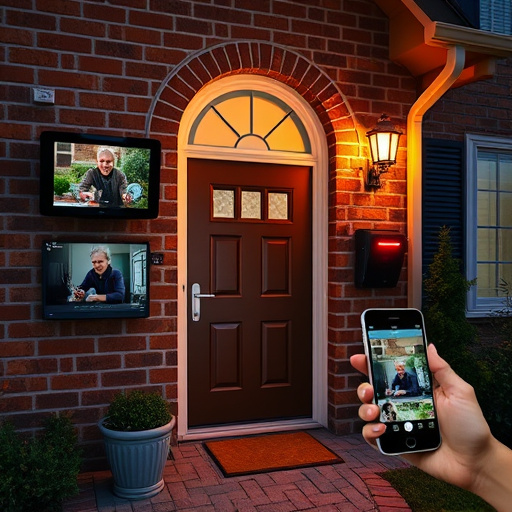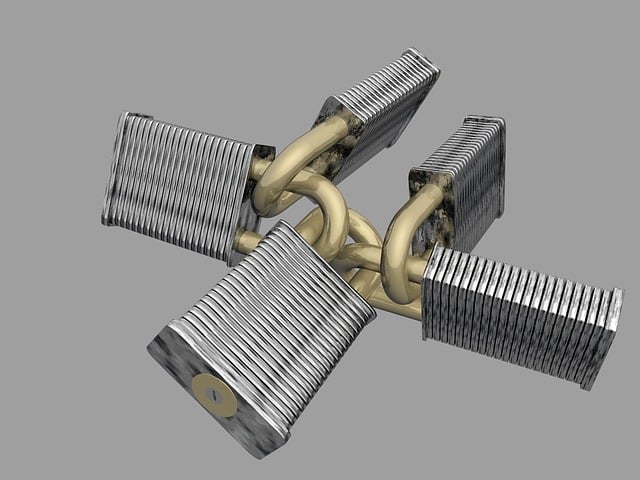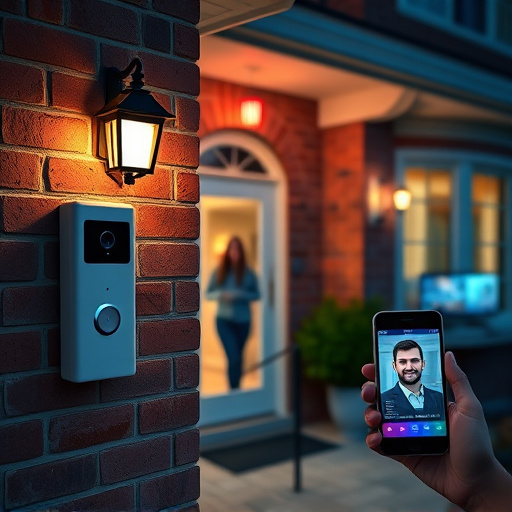Transform your home into a sanctuary of security and peace with our practical guide to effective break-in prevention. By embracing smart living and implementing simple yet powerful home security tips, you become the architect of your own robust defense system. From well-lit front porches to advanced surveillance technology, each strategic measure adds an invisible barrier against potential threats. Invest in peace of mind, knowing your precious memories and belongings are safeguarded within a fortress of protection tailored just for you. With these easy-to-follow home security tactics, trust that your sanctuary remains a safe retreat where you and your loved ones can thrive without worry.
“Step into your sanctuary with peace of mind knowing your home is fortified against unexpected intruders. Preventing break-ins doesn’t have to be a daunting task—it’s an investment in your sense of security and well-being. Our comprehensive guide offers innovative home security tips, effective strategies, and powerful protection measures tailored for your safe haven. Embrace these tactics to transform your space into an impenetrable fortress.”
- Protect Your Haven: Innovative Home Security Tips for Ultimate Break-In Prevention
- Discover Peace of Mind: Effective Security Strategies for a Secure Home
- Empowering Your Sanctuary: Home Protection Measures for Enhanced Break-In Resistance
- Secure Living, Simplified: Mastering Effective Home Security Tactics for Optimal Protection
Protect Your Haven: Innovative Home Security Tips for Ultimate Break-In Prevention

Protecting your home is a fundamental aspect of securing your sanctuary and ensuring peace of mind. In today’s world, taking proactive steps to prevent break-ins is an essential part of responsible homeownership or renting. By implementing effective security strategies, you can fortify your haven against potential intruders, transforming it into an impenetrable fortress. Start by envisioning your space—a warm, inviting home where memories are made and cherished. Now, consider the unseen barriers that can protect this precious environment from external threats.
Effective break-in prevention begins with a multi-layered approach, treating security as an art and science. From simple yet robust measures like installing high-quality locks and securing windows to advanced technologies such as motion sensors and smart home automation, each layer adds complexity to would-be intruders’ plans. Regularly updating your home protection measures ensures you stay ahead of evolving criminal tactics. Embrace a culture of vigilance where your home’s security is not an afterthought but a thoughtful, integrated part of daily life. With these strategies in place, you’ll create an environment that discourages unwanted visitors and reinforces the strength of your secure haven.
Discover Peace of Mind: Effective Security Strategies for a Secure Home

Many homeowners and renters alike worry about their safety and peace of mind when it comes to preventing break-ins. Understanding that your home is a sanctuary, we’re here to offer practical guidance on effective security strategies that fortify your space. By implementing these simple yet powerful tips, you can transform your dwelling into a secure haven, where you and your loved ones can feel protected and at ease.
Visualize your home as a fortress, with each window a watchful eye and every door a safeguard against unexpected intruders. Through strategic placement of security devices, regular maintenance checks, and smart habits, you become the architect of your own robust defense system. We empower you to take control, ensuring that your daily routines are not just comfortable but also safe and secure. Let these home security tips be your compass, guiding you through the journey of creating an impenetrable barrier around your most precious belongings and memories.
Empowering Your Sanctuary: Home Protection Measures for Enhanced Break-In Resistance

Creating a secure haven in your home is a priority for every homeowner and renter. Preventing break-ins goes beyond basic locks; it’s about implementing effective security strategies that transform your house into an impenetrable fortress, both physically and mentally. Visualize your sanctuary as a tranquil retreat, shielded from the outside world, where you and your loved ones can relax, knowing you’re protected. This isn’t just about deterring intruders; it’s about regaining control of your space and fostering a deep sense of safety and peace of mind.
By integrating smart home protection measures, you’re not just investing in hardware, but in a comprehensive set of secure home tactics that adapt to modern risks. From reinforced door frames to advanced surveillance systems, these simple yet powerful tools create layers of defense, making it exponentially harder for would-be intruders to penetrate your defenses. Remember, the best security isn’t about fortifying every potential entry point; it’s about employing a strategic blend of visible and invisible deterrents that reassure you and your family that home is truly where the heart is, protected and secure.
Secure Living, Simplified: Mastering Effective Home Security Tactics for Optimal Protection

Creating a secure living environment is every homeowner and renter’s priority. By implementing effective home security tactics, you’re not just locking your doors; you’re building a fortress of protection around your most precious memories and belongings. Preventing break-ins isn’t about installing elaborate systems; it’s about using strategic, simple measures that make potential intruders think twice. Consider this: a well-lit front porch, robust door locks, and window security devices can be your first line of defense, all while maintaining an inviting home atmosphere.
Imagine returning home to a haven where you feel safe and secure. Effective security strategies like establishing a neighborhood watch, keeping exterior spaces free from hiding spots, and regularly updating your home’s security system (even basic DIY options) can significantly deter criminal activity. Remember, the goal isn’t to fortify every entry point with high-tech gadgets; it’s about adopting a multi-layered approach that combines physical barriers, awareness, and common sense. When you prioritize home protection measures, you’re not just safeguarding your property—you’re investing in peace of mind.
Imagine waking up each morning, knowing your home is a fortress of safety and peace—a sanctuary where you and your loved ones can thrive. With these effective home security tips, you’re not just installing locks; you’re weaving an impenetrable tapestry of protection around your most precious possessions and memories. Embrace a new sense of tranquility as you implement these innovative strategies, transforming your home into an uninvitable haven. Your family’s safety is within your grasp—take the first step today and unlock the ultimate in home security. Want to explore more ways to safeguard your sanctuary? Dive deeper to discover a world of secure living simplified.














